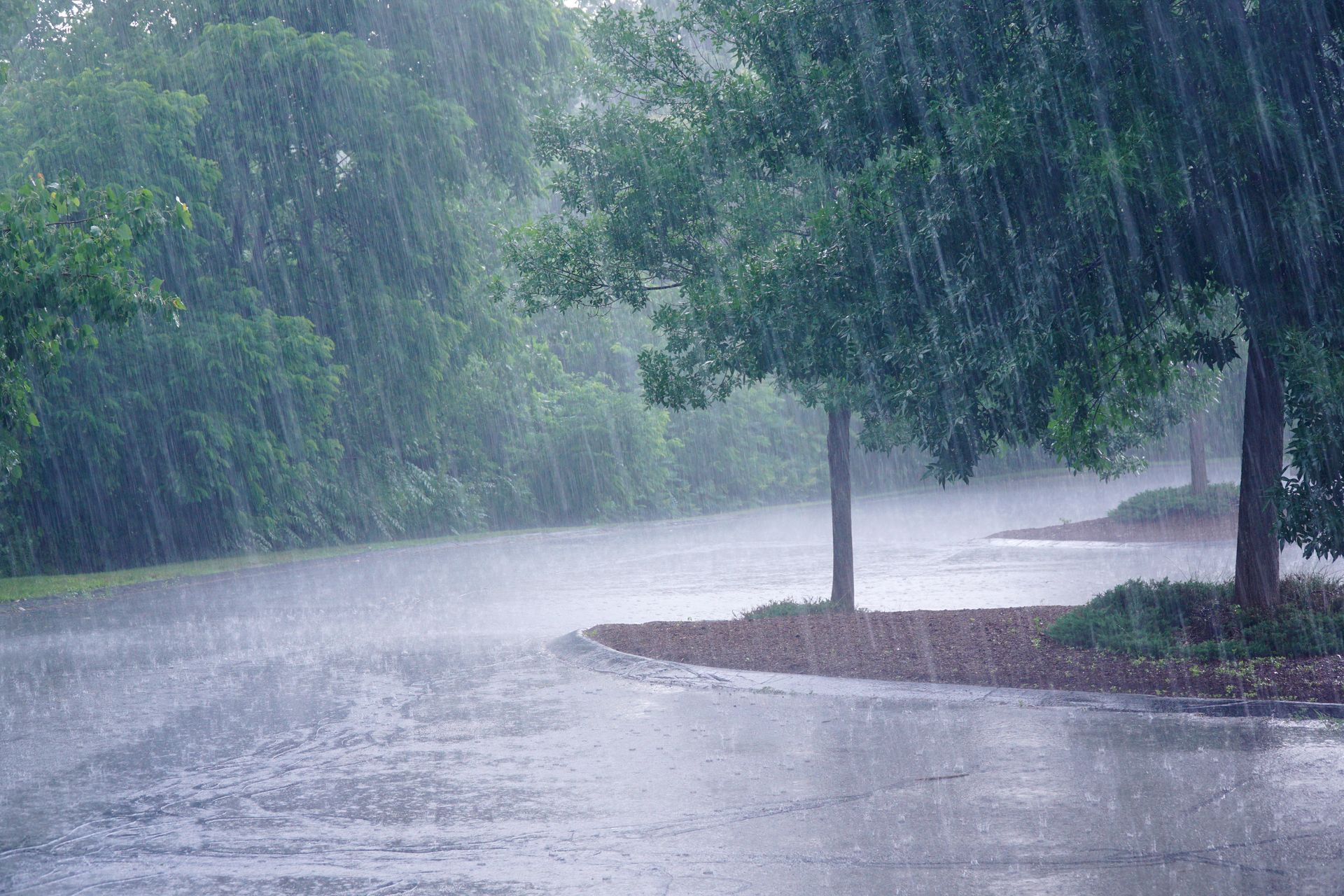Pest Notes, Vol. 1 – Pests are Secondary
Do insects and pathogens wake up in the morning, get their coffee and ponder on a balcony: “What do I feel like eating today?!”
No. Quite the contrary. Trees and plants alike attract insects and disease when they are stressed in some form or fashion. Insects are electromagnetic in many ways, and pick up on vibrations present in odorants exuded by plants and other things in the environment. Disease only proliferates when conditions permit. In fact, pathogens can lay dormant in soil or debris, and are “activated” when stress provides an opportunity.
Excluding invasive species, insects and pathogens are largely opportunistic, meaning they attack plants and trees that are providing an “opportunity” for them to host. Without some stress factor causing insect-attracting odorants to exude, opportunistic pests are generally uninterested in healthy trees. Moreover, pests do not “choose” their host; it is an electromagnetic phenomenon or symbiotic relationship between plant and pest.
Plants and trees have been dealing with pests like fungi, bacteria and insects for millennia; and they have developed relationships of mutual sustenance, sometimes to the detriment of one or the other.
Factors that TreeLife CA representatives consider when surveying any given set of trees are:
- Irrigation configuration
- Soil type
- Planting location
- Rooting characteristics
- Planting depth
- Pruning history
- Mechanical damage
- Micro-environment
- Micro-climate
We assess tree populations to determine what adjustments can be made, combined with a proactive treatment application schedule, to gently guide trees and plants towards self-sustenance and un-host-ability.
While underlying issues are addressed, treatment applications are used in the interim to allow for proper resource accumulation and expenditure. We intervene where insects or diseases are depleting resources by their actions (feeding, colonizing), and while trees are simultaneously using additional resources to attempt defensive efforts.
Treatment applications are not the one-size-fits-all answer, and they are not the magic pill to eradicate insects and diseases from an environment. This is a tragic myth in the green industry. In fact, by repeatedly applying the quick relief that chemical applications provide, we notice a significant increase in pest pressure once the applications and their effects subside. The natural ability to resist secondary disorders is lessened when trees and plants develop a chemical dependence, and pests become resistant to chemistry that is repeatedly used.
Lastly, there is a documented phenomenon of herbicide use when it comes to weeds; weeds develop resistance to things like glyphosate when used regularly. There are weeds with DNA mutations that are not affected by glyphosate. Thus chemical applications should be used sparingly while growing conditions are improved.
TreeLife CA is dedicated to the proper care of our Urban Forest. We provide options to improve tree and plant health, and methods to improve growing conditions.
Get it right the first time and call TreeLife CA!



